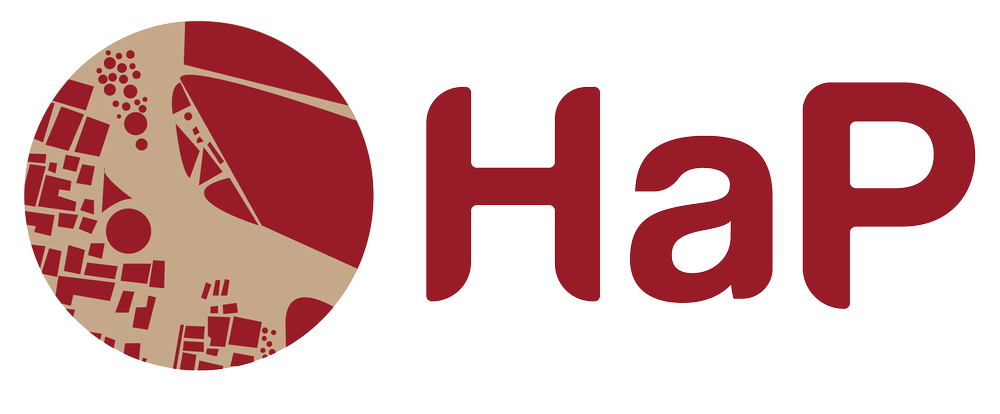Binita Magaiya and Stefanie Lotter presented at the Annual Kathmandu Conference on Nepal & The Himalaya (26–28 July 2023), hosted at Social Science Baha, Kathmandu. Their presentation, which focused on their recent research at the sites of Mukundapur and Muchuck, formed part of Panel A8: “Identity and Community Formation through Discourse.” The panel was chaired by Kumud Rana, with Sanjay Sharma as the discussant.
Presentation abstract:
This paper carries the heritage notion from the historical figure of Mukundasen by studying two sites in Mukundapur and Muchuk, which has the ruins of Mukundasen’s resting shelters during his border visits of his eastern kingdom visits popularly reminisced as ‘Purvi Palpa ko dauadha’. When COVID-19 hit, the immediate community in the vicinity took the opportunity to centralize the ruins and envision a touristic future revolving around them. The legacy of Mukundasen becomes a vehicle for the local communities to be resilient through COVID-19 pandemic, foster community cohesion through an active engagement, imagine and work towards a sustainable future. The national agencies directly concerned with the physical rebuilding of the historical place, Magars as the descendants of the powerful ruling dynasty with their continued practices elsewhere but not in the site of study, and the immediate community living nearby the site have all become a focus for this study. It becomes interesting to study the evolution from individual friendship groups to communities in crisis during the COVID-19 pandemic and how they have used the local heritage for their well-being, thus re-associating with the legacy of a forgotten historical figure. It is both a target and a process in which cultural heritage supports the building of a community able to prevent, cope and recover from disturbances and disasters.
Through comparative case studies of two sites in Mukundapur and Muchuk, an example of heritage-derived uncovering of the frozen history is uncovered over the religious concoction in the present days. The research aims to define the specific characteristics of heritage and community creation as well as identify any critical actors and variables, strategies, and governance mechanisms, which influence both heritage-driven community and community formation around it. It realizes the challenges and highlights the potential that religion and heritage can develop as a cultural continued practice for community identity and value creation with people who identify, associate, create, and value the cultural heritage. The aim lies in creating a powerful focused community wishing to collaborate within the public action framework; to retain and transmit to future generations.



